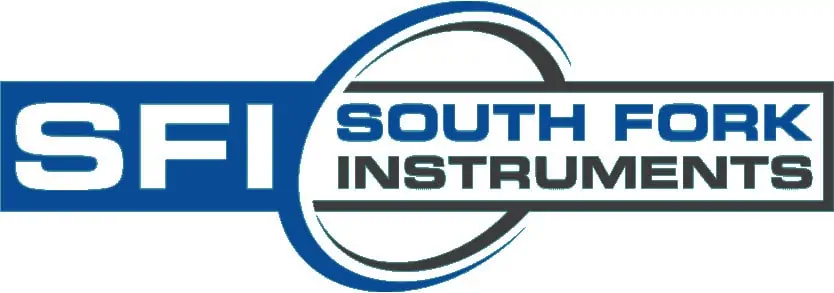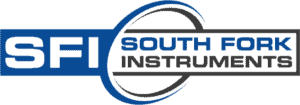In the world of process analytics, the need for accurate and reliable pH, conductivity, and dissolved oxygen measurements is critical to ensuring high-quality production.
For many years, analog sensors have been the go-to solution for a wide range of industries. But in response to advances in digital technology, Memosens probe technology has emerged as a strong contender.
This blog post will delve into the differences between traditional analog and Memosens probe technologies and discuss which solution is better suited for process analytics in today’s industrial landscape.
Traditional Analog vs. Digital Memosens Probes: A Closer Look at Limitations and Strengths
Tried-and-True Analog Probes
Analog probes have been a mainstay in process analytics for decades. They operate by generating electrical signals in response to changes in the physical parameters, such as pH, conductivity, or dissolved oxygen. These signals are then translated into the corresponding measurements, providing valuable information for various industrial applications.
Despite the proven reliability of analog probes, they have several inherent limitations that can impact their performance:
- Susceptibility to external interference: Due to the tiny signal levels generated by analog probes, they are prone to interference from external factors, such as electromagnetic fields (Never run a pH probe cable alongside an AC power cord!). This can result in inaccurate and noisy measurements.
- Connector issues in wet environments: Analog probes often face connector problems in damp or wet conditions, which are common in many industrial settings. These issues can lead to inaccurate readings and even probe failure.
- Limited diagnostic capabilities: Unlike their digital counterparts, analog probes lack advanced diagnostic features that can help identify potential issues and streamline maintenance efforts.
- Lack of digital integration: As industries move towards increased digitization, analog probes may struggle to integrate seamlessly with modern digital systems and processes, potentially hindering their effectiveness in contemporary industrial environments.
- Calibration challenges: Calibrating analog probes can be a time-consuming and labor-intensive process, which may reduce overall efficiency and productivity.
While analog probes have been the go-to solution for process analytics for many years, these limitations highlight the need for more advanced and reliable technologies to meet the demands of today’s industrial environments.
Innovative Memosens Probes
Memosens technology represents a significant advancement in process analytics, offering a range of benefits over traditional analog probes. At their core, Memosens probes still generate electrical signals in response to changes in physical parameters such as pH, conductivity, or dissolved oxygen.
However, unlike analog probes, Memosens technology converts these signals into a digital protocol at the probe level, allowing for seamless transmission to local readout units without the risk of interference from electromagnetic fields. This results in more accurate and less noisy measurements.
The strengths of Memosens technology are evident in several key aspects:
- Immunity to electromagnetic interference: Digital conversion of signals ensures that Memosens probes are not affected by external interference, resulting in more accurate and reliable measurements.
- Improved connector technology: By utilizing inductive coupling, similar to the technology used in electric toothbrush chargers, Memosens probes eliminate connection issues in wet environments, making them suitable for a wide range of industrial applications.
- Safe operation underwater: Many Memosens probes can be safely operated underwater, providing greater flexibility and adaptability in various process conditions.
- Easy calibration and maintenance: Memosens probes store calibration data onboard, which is automatically uploaded to the local display unit upon connection. This makes the calibration process quick and efficient, reducing downtime and improving overall productivity.
- Advanced diagnostic capabilities: Robust diagnostic features enable users to easily identify and troubleshoot potential issues, streamlining maintenance efforts and ensuring the reliability of the probes.
- Enhanced digital integration: Memosens probes are designed to integrate seamlessly with modern digital systems and processes, making them an ideal choice for industries embracing digital transformation.
- Scalability and future-proofing: As technology continues to evolve, Memosens probes are well-positioned to adapt to new developments and advancements, ensuring their continued relevance and effectiveness in process analytics.
Why Digital Memosens Probes are the Better Option
Although traditional analog probes have served the process analytics industry well, Memosens probes offer several benefits that make them a superior choice in today’s industrial environment. Their digital signal conversion ensures accurate measurements, while their advanced connector technology ensures reliable operation even in wet conditions.
Memosens probes also offer easy maintenance and calibration, thanks to their onboard calibration data storage and diagnostic capabilities. This streamlines the production process and helps maintain consistently high-quality output.
As a result of these advantages, many industries are now choosing Memosens probes as their preferred solution for process analytics needs. By opting for Memosens technology, businesses can enhance the efficiency and accuracy of their production processes, ensuring they remain competitive in an increasingly digital world.
South Fork Can Help
Do you have questions about Memosens and other measurement technology? As an established supplier of measurement instrumentation, analyzers, and control products, South Fork Instruments can help you identify which solution best meets your needs. Contact us today to start a conversation.
Read more:
How to clean pH electrodes for maximum life
Balancing pH levels in industrial wastewater treatment: A comprehensive guide
Why industry should use optical flow cells to eliminate delayed sampling

